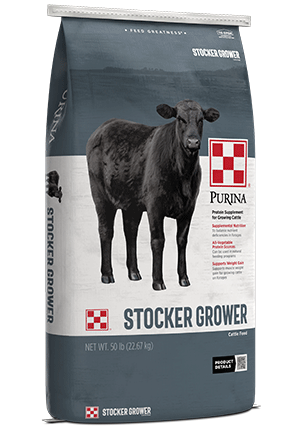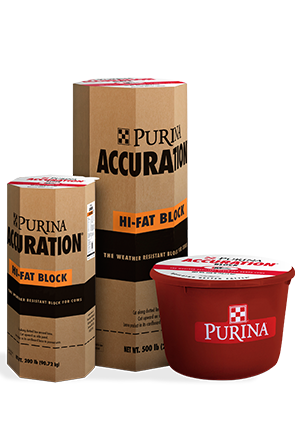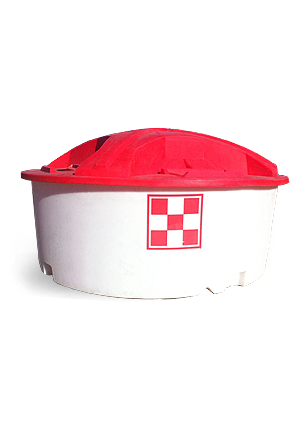
Preg Checking Cows: What to Do When You Have Poor Results
Management : Cow & Calf
Management : Replacement

You think you’re doing everything possible to prepare for a great preg check, but do you see the payoff? Are you hitting a 90 to 95 percent cattle pregnancy rate? If your results are average or below when preg checking cows, it’s time to pinpoint the reason.
Several things, like nutrition, animal health or the bull, could contribute to disappointing results. But cattle nutrition is the easiest to manage.
The recruitment of oocytes on the surface of the ovary occurs 3 to 4 months before a cow ovulates, so cattle nutrition’s impact on fertility and conception is critical before you ever turn out a bull.

A cow’s energy requirements can also compound breeding success or failure. Most of the time, cows are lactating, have a calf at side and are trying to meet their own nutritional requirements. Requirements are high at the time of breeding, and cows need adequate nutrition to get pregnant.
Some common questions to ask:
First, look at your forage situation. Whether your forage is a round bale of hay or you have cows grazing, make sure you have forage to meet a cow’s roughage needs.
Next, consider a cow’s energy and protein needs. Meet energy and protein requirements by using a self-fed supplementation program. These programs allow cows to consume the energy and protein they need when they need it. If cows need more energy or protein, they’ll consume more supplement. If they are getting adequate energy and protein from forages, they’ll eat less supplement.
Finally, you need to provide a quality cattle mineral. Make sure cows are receiving the vitamins and minerals they need for success at preg check.
Have a written plan in place to achieve a 90 to 95 percent pregnancy rate. For the nutrition part of the breeding equation, cover energy, protein and mineral requirements. And, don’t forget to plan other parts of the equation, like animal health.
A solid plan will help you achieve the results you want when preg checking cows next year and for years down the road.
Visit purinamills.com/breeding to learn more about nutrition’s role in reproductive success.
Several things, like nutrition, animal health or the bull, could contribute to disappointing results. But cattle nutrition is the easiest to manage.
Cattle Nutrition’s Role
Once you’re preg checking cows, there’s not much you can do to impact results. It must be a year-round focus. Start thinking about preg check a year in advance.The recruitment of oocytes on the surface of the ovary occurs 3 to 4 months before a cow ovulates, so cattle nutrition’s impact on fertility and conception is critical before you ever turn out a bull.

A cow’s energy requirements can also compound breeding success or failure. Most of the time, cows are lactating, have a calf at side and are trying to meet their own nutritional requirements. Requirements are high at the time of breeding, and cows need adequate nutrition to get pregnant.
Ruling Out Nutritional Culprits
If cattle nutrition isn’t up to par, you’ll likely see less-than-desirable results when preg checking cows. Then, it’s time to start evaluating.Some common questions to ask:
-
Did cows have sufficient forage before and during the breeding period?
-
Were cattle mineral and protein supplements consumed at target intake levels?
-
Did the cattle supplements have enough energy to meet cow requirements?
Playing the Long Game
Ensuring cows have what they need year-round is the key to breeding success.First, look at your forage situation. Whether your forage is a round bale of hay or you have cows grazing, make sure you have forage to meet a cow’s roughage needs.
Next, consider a cow’s energy and protein needs. Meet energy and protein requirements by using a self-fed supplementation program. These programs allow cows to consume the energy and protein they need when they need it. If cows need more energy or protein, they’ll consume more supplement. If they are getting adequate energy and protein from forages, they’ll eat less supplement.
Finally, you need to provide a quality cattle mineral. Make sure cows are receiving the vitamins and minerals they need for success at preg check.
Livestock Breeding: A Pen-to-Paper Plan
Now is the time to strategize for better than average breeding results next year.Have a written plan in place to achieve a 90 to 95 percent pregnancy rate. For the nutrition part of the breeding equation, cover energy, protein and mineral requirements. And, don’t forget to plan other parts of the equation, like animal health.
A solid plan will help you achieve the results you want when preg checking cows next year and for years down the road.
Visit purinamills.com/breeding to learn more about nutrition’s role in reproductive success.




